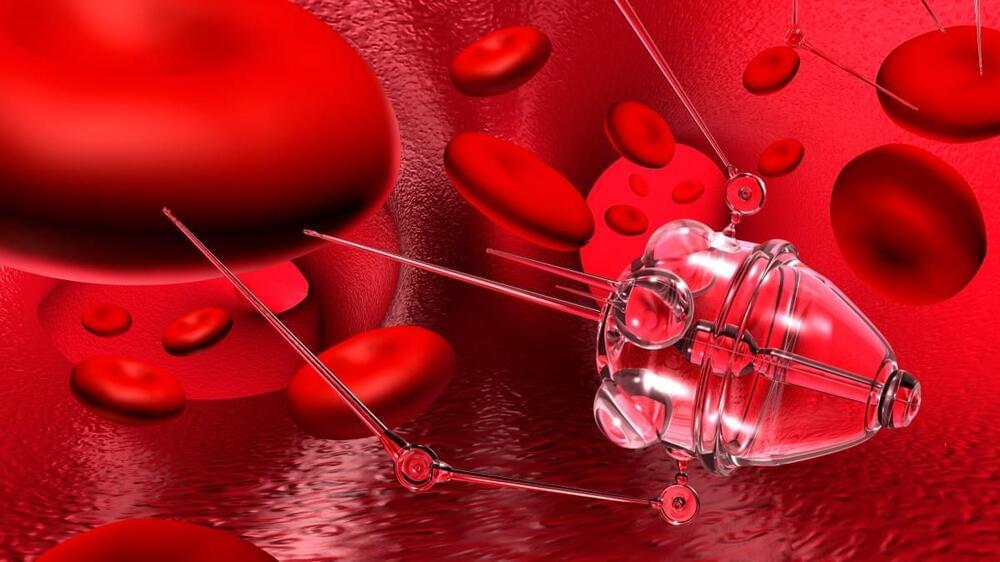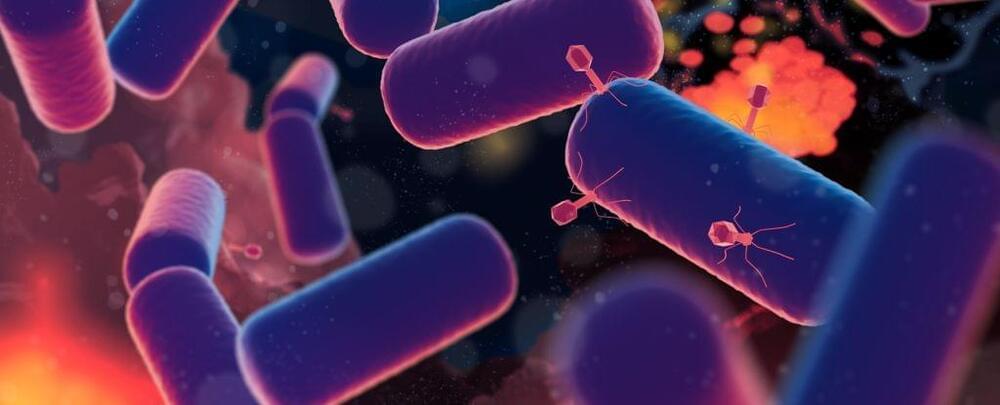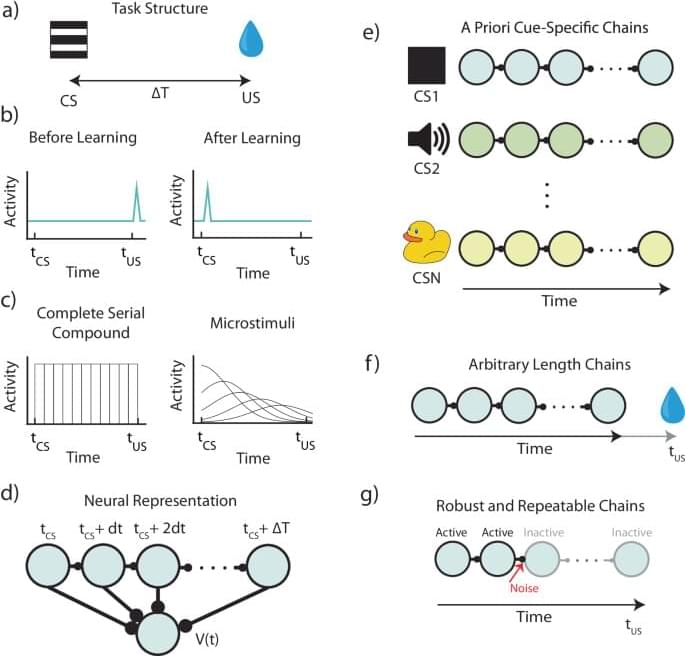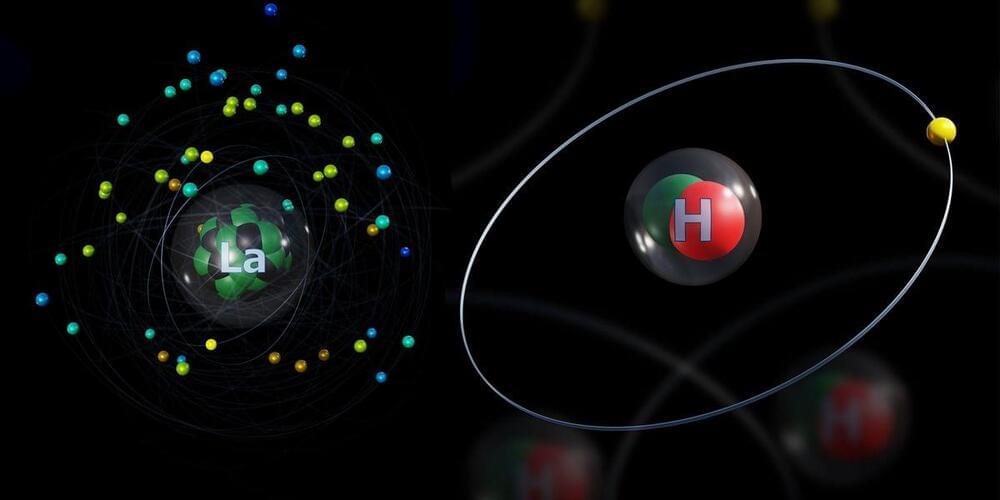You won’t have a job, but you will beat illness, boost your IQ and cheat death, says a futurologist.



Numerous open questions in gravity theory become apparent from observations in cosmology, such as the cosmic microwave background radiation [1, 2, 3, 4, 5, 6], the large scale structure [7, 8], gravitational waves [9, 10] and supernovae [11]. In order to describe these observations, one needs to study the evolution of both the universe as a whole, modeled by a homogeneous and isotropic background geometry and matter distribution, as well as perturbations of this background. A thorough understanding of such cosmological perturbations and their dynamics imposed by the gravitational interaction is therefore an important necessity for describing and explaining the modern observations in cosmology.
Cosmological perturbations in gravity have been studied for a long time, starting with the case of (pseudo-)Riemannian spacetime geometry, which is employed by the standard formulation of general relativity and the most well-known class of its extensions, in which the gravitational interaction is attributed to the curvature of the metric-compatible, torsion-free Levi-Civita connection [,13,14,15]. This task is significantly simplified by the fact by understanding how perturbations transform under gauge transformations, i.e., infinitesimal diffeomorphisms which retain the nature of the spacetime geometry as a small perturbation of a cosmologically symmetric background. From these gauge transformations, one can derive a set of gauge-invariant perturbation variables, which describe the physical information contained in the metric perturbations as well as the perturbations of the matter variables, so that they become independent of the arbitrary gauge choice. The resulting gauge-invariant perturbation theory is one of the cornerstones of modern cosmology [16,17,18,19].
Despite its overwhelming success in describing observations from laboratory scales up to galactic scales, general relativity is challenged by the aforementioned open questions, as well as the open question how it can be reconciled with quantum theory. This situation motivates the study of modified gravity theories [20]. While numerous theories depart from the standard formulation of general relativity in terms of the curvature of the Levi-Civita connection of a Riemannian spacetime, also other formulations in terms of the torsion or nonmetricity of a flat connection exist and can be used as potential starting points for the construction of modified gravity theories [21, 22]. Focusing on general relativity alone, one finds that these formulations are equivalent in the sense that they lead to field equations which possess the same solutions for the metric irrespective of the geometric properties of the connection under consideration…

Once upon a time, Earth was barren. Everything changed when, somehow, out of the chemistry available early in our planet’s history, something started squirming – processing available matter to survive, to breed, to thrive.
What that something was, and when it first squirmed, have been burning questions that have puzzled humanity probably for as long as we’ve been able to ask “what am I?”
Now, a new study has found some answers – and life emerged surprisingly early.


Through analysis of gene families that were duplicated before the last universal common ancestor (LUCA), we estimate the date of the LUCA at approximately 4.2 billion years ago. Our reconstruction of the genome of the LUCA contains around 2,500 protein-encoding genes across 2.5 megabases, and we suggest that the LUCA was a complex anaerobic acetogen that lived within a pre-existing ecosystem.
A University of Maryland spinoff firm, Wave Engine Corporation, has created a simpler, more affordable jet propulsion system for drones.
The digitally controlled modern-day pulsejet engine features no moving parts and claims to offer major improvements in the cost reduction and rapid production of future jet-powered aircraft.
In March, the Baltimore-based company demonstrated the full flight capability of its J-1 engine on an Unmanned Aerial Vehicle (UAV).

One of the variables in TD algorithms is called reward prediction error (RPE), which is the difference between the discounted predicted reward at the current state and the discounted predicted reward plus the actual reward at the next state. TD learning theory gained traction in neuroscience once it was demonstrated that firing patterns of dopaminergic neurons in the ventral tegmental area (VTA) during reinforcement learning resemble RPE5,9,10.
Implementations of TD using computer algorithms are straightforward, but are more complex when they are mapped onto plausible neural machinery11,12,13. Current implementations of neural TD assume a set of temporal basis-functions13,14, which are activated by external cues. For this assumption to hold, each possible external cue must activate a separate set of basis-functions, and these basis-functions must tile all possible learnable intervals between stimulus and reward.
In this paper, we argue that these assumptions are unscalable and therefore implausible from a fundamental conceptual level, and demonstrate that some predictions of such algorithms are inconsistent with various established experimental results. Instead, we propose that temporal basis functions used by the brain are themselves learned. We call this theoretical framework: Flexibly Learned Errors in Expected Reward, or FLEX for short. We also propose a biophysically plausible implementation of FLEX, as a proof-of-concept model. We show that key predictions of this model are consistent with actual experimental results but are inconsistent with some key predictions of the TD theory.

A new superconducting compound offers a bridge to more practicals with a potentially attractive range of applications, according to new research. And the new material’s strange magnetic behavior recalls classics of decades ago—but this time in a material that’s already demonstrated its near-room-temperature bona fides.
Lanthanum hydrides—which combine atoms of the rare earth metal lanthanum with atoms of hydrogen—contain a range of superconducting materials of varying properties. One noteworthy material is lanthanum decahydride (LaH10), which boasts the world’s highest accepted superconducting transition temperature, at −23 °C. (The catch is that to achieve this feat, lanthanum decahydride must be subjected to 200 billion pascals of pressure.)
Now a different lanthanum hydride (La4H23) has revealed similar if not quite equally impressive superconductivity stats. (Its transition temperature is −168 °C at 122 billion Pa.) However, the new lanthanum hydride also has revealingly peculiar magnetic properties that suggest an unexpected family resemblance to the superstar of the superconductivity world, cuprates.


World’s smallest violin for AI execs.
Researchers are ringing the alarm bells, warning that companies like OpenAI and Google are rapidly running out of human-written training data for their AI models.
And without new training data, it’s likely the models won’t be able to get any smarter, a point of reckoning for the burgeoning AI industry.
“There is a serious bottleneck here,” AI researcher Tamay Besiroglu, lead author of a new paper to be presented at a conference this summer, told the Associated Press. “If you start hitting those constraints about how much data you have, then you can’t really scale up your models efficiently anymore.”